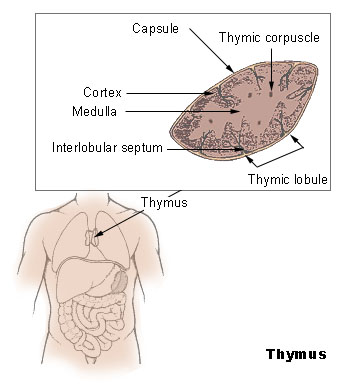Brian Chaplin had his world changed when he began having difficulties with his sight and was diagnosed with ocular myasthenia gravis (MG). After several appointments with the doctors, blood samples were taken. Chaplin explained, "When the blood test came back," says Chaplin, “I found out that I had ocular MG, which affects my eye muscles.” 
Chaplin is just one of the many who suffer from MG. Myasthenia.org says that around 30,000 to 60,000 people that have MG in the U.S. MG is a muscle weakening disease that can affect any muscle in the body. MG mostly affect people who are 19-60+ in age. For Chaplin, it happened to affect his eye muscles.
One of the most common symptoms of MG is ocular weakness. When you have ocular weakness, it means that you could have double vision or drooping eyelids. Other symptoms include leg weakness, fatigue, difficulty or discomfort in swallowing, slurred or nasal speech, and difficulty chewing. Chaplin’s symptom (ocular weakness) was very common and doctors could figure out that he had MG very quickly.
MG is not considered a genetic disease because it isn't directly inherited and it isn't the result of a genetic mutation.
In 2011, Shigeaki Suzuki and colleagues from the Department of Neurology at Keio University School of Medicine in Japan found that the acetylcholine (ACh) receptor antibody is a cause of MG.
The Muscle Dystrophy Association states, “About eighty-five percent of people with MG have antibodies against the ACh receptor in their blood.” The ACh receptor antibodies destroy tissue in the cell membrane, which causes muscle weakness. Antibodies fight and destroy bacteria and/or viruses and are proteins normally found in the blood. Muscles become weak and tired when they have to respond to repeated nerve signals. Some people (15%) that have MG have a negative reaction to the ACh receptor (a type of membrane protein). According to National Institute of Health (nih.gov), lupus is where's the immune system attacks healthy cells and tissue. Both MG and lupus can be cured by medication and can last for years.
The Mayo Clinic states that the things that doctors use to treat MG are medications, such as Mestinon, which prevents the breakdown of acetylcholine that is needed for normal body function; immunosuppressants that alters your immune system; corticosteroids that limit antibody production. There is also surgery called thymectomy that removes the thymus gland at base of the neck. Therapies include plasmapheresis using a machine that removes antibodies. This is good because it takes out the blood with the bad antibodies and replaces it with new, improved blood continuously. There is also intravenous immunoglobulin therapy that provides your body with normal antibodies.
Your doctor may put you through a lot of tests to try and make the correct diagnosis. The Mayo Clinic states, "Your doctor may check your neurological health by testing your reflexes, muscle tone, muscle strength, sense of touch and sight, coordination, and balance."
Chaplin now takes Mestinon, which helps a great deal. However, as an expert harmonica player and a retired mayor of Cheltenham, England, MG really slows him down.
“I can’t do the things that I enjoy as well as I used too. My eyesight is fine, but sometimes my eyes ache. It’s a bear nuisance, but I accept it as a part of life and just go on with it because you only live once.”
Railey Redd Brianna Logsdon

This work is licensed under a Creative Commons Attribution-NonCommercial-NoDerivs 3.0 Unported License















